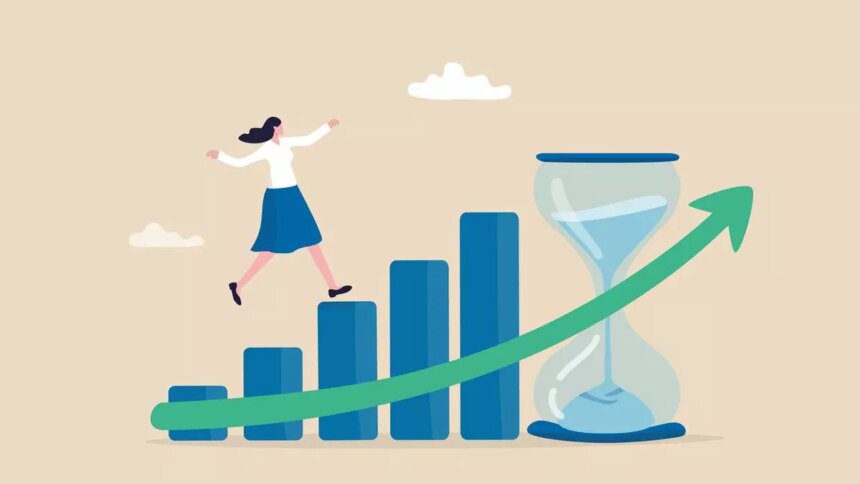Chhattisgarh and Gujarat are experiencing higher consumption and wage growth compared to the national average in the fiscal year 2023-24, as revealed by an analysis from India Ratings & Research (Ind-Ra).
Paras Jasrai, a Senior Analyst and Economist at Ind-Ra, noted that a majority of the states—specifically 12—fall into the ‘high consumption and low wage growth’ category relative to the national figures for 2023-24. These states primarily face limited employment opportunities. While consumption growth in these regions ranges from 10.5% to 17.7%, wage growth has been significantly lower, hovering between -6.5% and 3.7%.
“Higher financial transfers available to these states, often due to labor migration, alongside increased consumption, could explain the notable rise in consumption even amid weak wage growth,” stated Jasrai.
The release of this analysis coincides with findings from the latest Household Consumption Expenditure Survey (HCES), which showed a 9% increase in Monthly Per Capita Expenditure (MPCE) in rural areas, while urban areas saw an 8% rise. The estimated average MPCE in rural and urban India for 2023-24 is ₹4,122 and ₹6,996, respectively, excluding the worth of items received for free through various social welfare initiatives.
Additionally, the disparity in MPCE between urban and rural populations has decreased from 84% in 2011-12 to 71% in 2022-23, and further to 70% in 2023-24. This trend highlights the continued growth of consumption in rural areas, excluding values for free received items.
Ind-Ra’s analysis further indicates a diminishing rural-urban divide in consumption patterns, with rural MPCE growth surpassing urban MPCE growth since 2009-10. In the current analysis, rural MPCE growth stands at 9.2%, while urban growth has slowed to 8.3%. Notably, rural MPCE in 2023-24 reached 59% of urban MPCE, marking the highest ratio since 1993-94.
Examining spending habits reveals a slowdown in discretionary expenditure. Food consumption surged by 11.3% over 2022-2023 and 2023-2024, compared to 7.8% from 2011-2012 through 2022-2023, largely driven by high food inflation. Conversely, expenditures on consumer durables have stagnated.
Interestingly, while household income growth has been scrutinized, spending on clothing and footwear has soared by 17.5% during 2022-2023 and 2023-2024, compared to just 7.5% from 2011-2012 through 2022-2023 for both rural and urban populations. This increase can be attributed to inflation rates in clothing and footwear remaining below 4%, as well as improved rural wage growth linked to enhanced rabi crop production, which reached a three-year high of 1.4% in 2023-2024.









